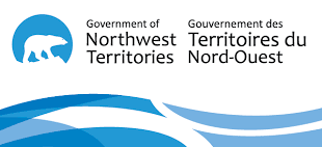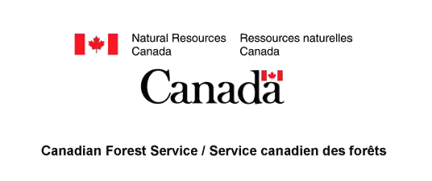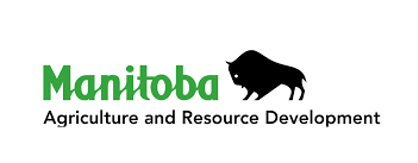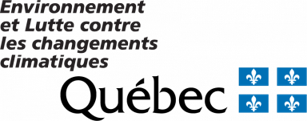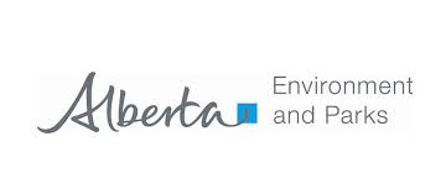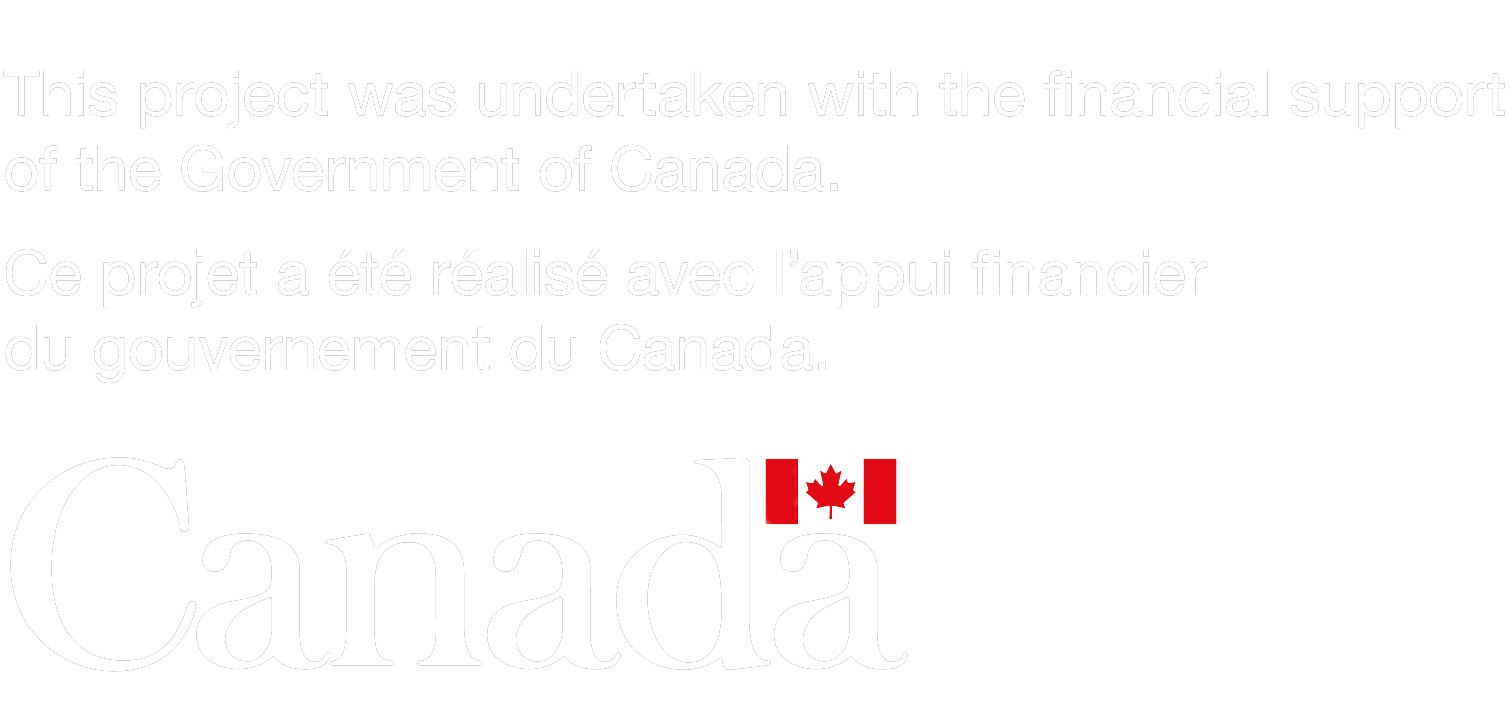Title: Ecosystem scale evapotranspiration and CO2 exchange in burned and unburned peatlands: Implications for the ecohydrological resilience of carbon stocks
Citation: The data that support the findings of this study are available from the corresponding author upon reasonable request
Study Site: north-central Alberta
Purpose: Boreal peatlands represent a significant global store of soil carbon, which are subject to increasing natural and anthropogenic disturbance. Wildfire is the single largest disturbance to boreal forest and wetlands annually. Critical to the long-term carbon storage function in peatlands is the (re-)establishment of a near-surface water table following wildfire. This has been recently shown to in part be facilitated by post-fire reductions in water losses via evapotranspiration (ET). However, reduced ET may also have cascade impacts on other ecohydrological processes in recovering peatlands, such as a reduction in carbon sequestration.
Abstract: To investigate the linked cycles of evaporative loss and carbon exchange in burned peatlands, the burned and unburned peatlands in Alberta, Canada, were instrumented with eddy covariance systems to monitor continuous fluxes of energy, carbon dioxide, and water vapour, over two summer seasons (2013 and 2014; 2–3 years post-burn).
Supplemental Information Summary:
Research:
Further Info: Morison, M.Q., Petrone, R.M., Wilkinson, S.L., Green, A., & Waddington, J.M. (2019). Ecosystem scale evapotranspiration and CO2 exchange in burned and unburned peatlands: Implications for the ecohydrological resilience of carbon stocks to wildfire. Ecohydrology: https://doi.org/10.1002/eco.2189
Status: Complete
Keywords:
carbon dioxide,
hydrology,
methane,
peat properties,
Wildfire,
ombrotrophic,
Geographical coordinates: North: 56.107, South: 56.107 East: -115.561 West: -115.561
Bounding Temporal Extent: Start Date: 2013-01-01, End
Date: 2014-12-31


